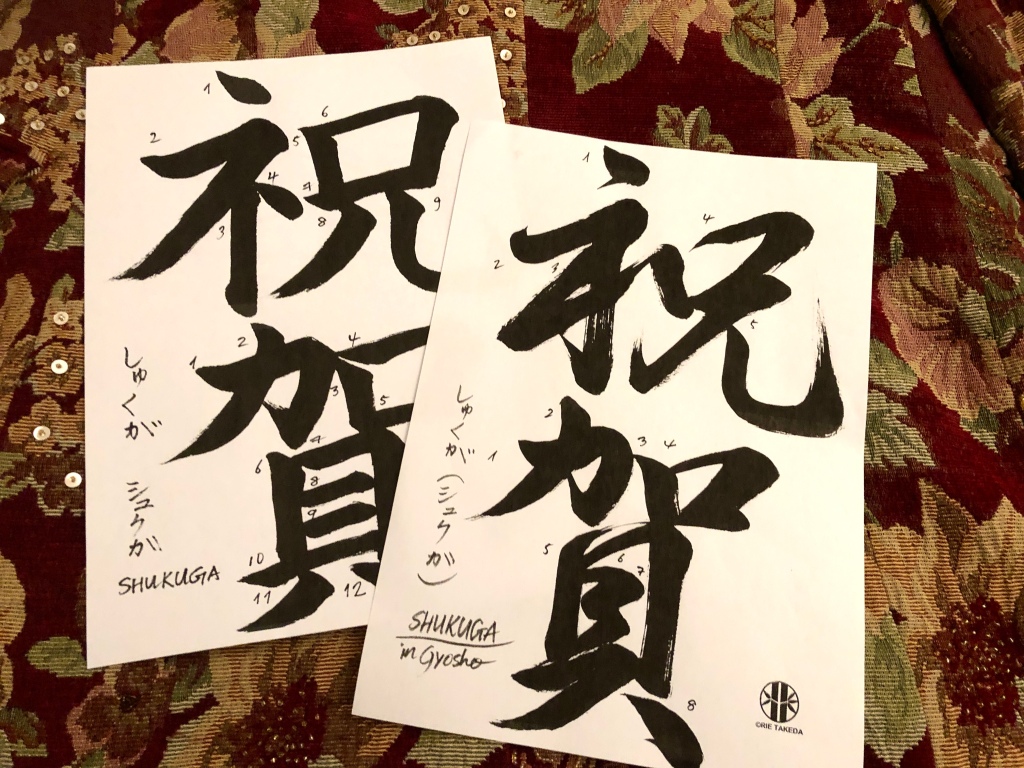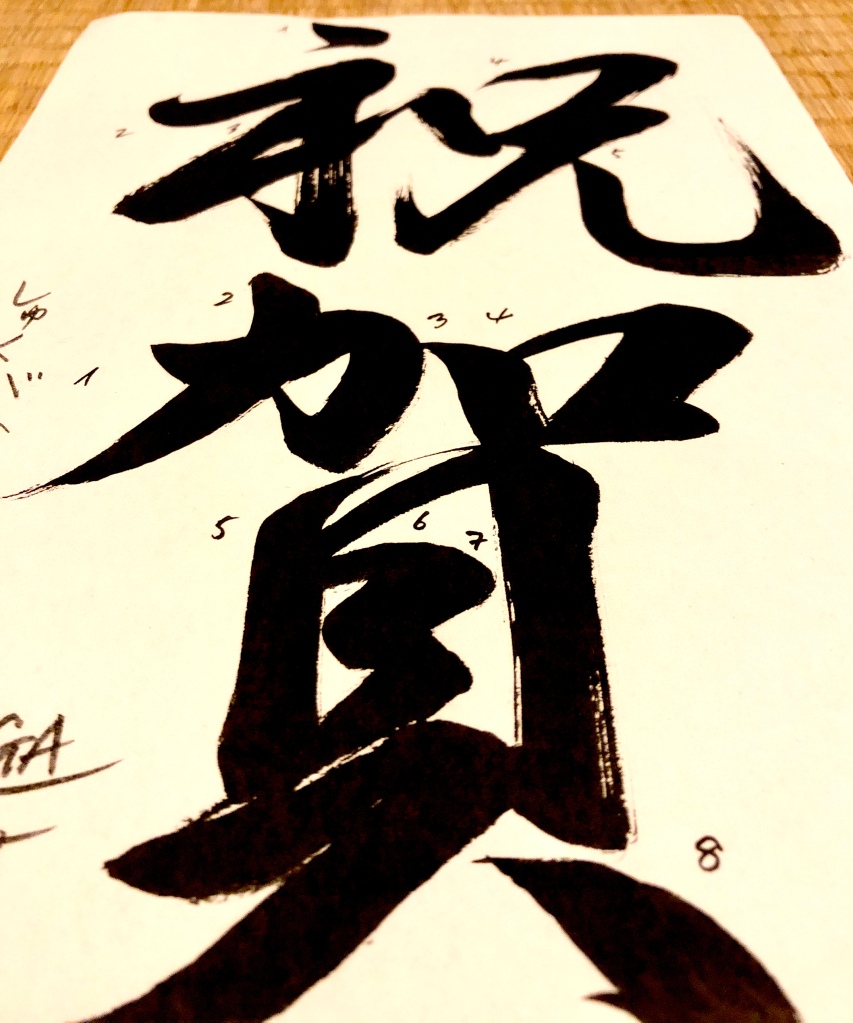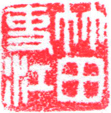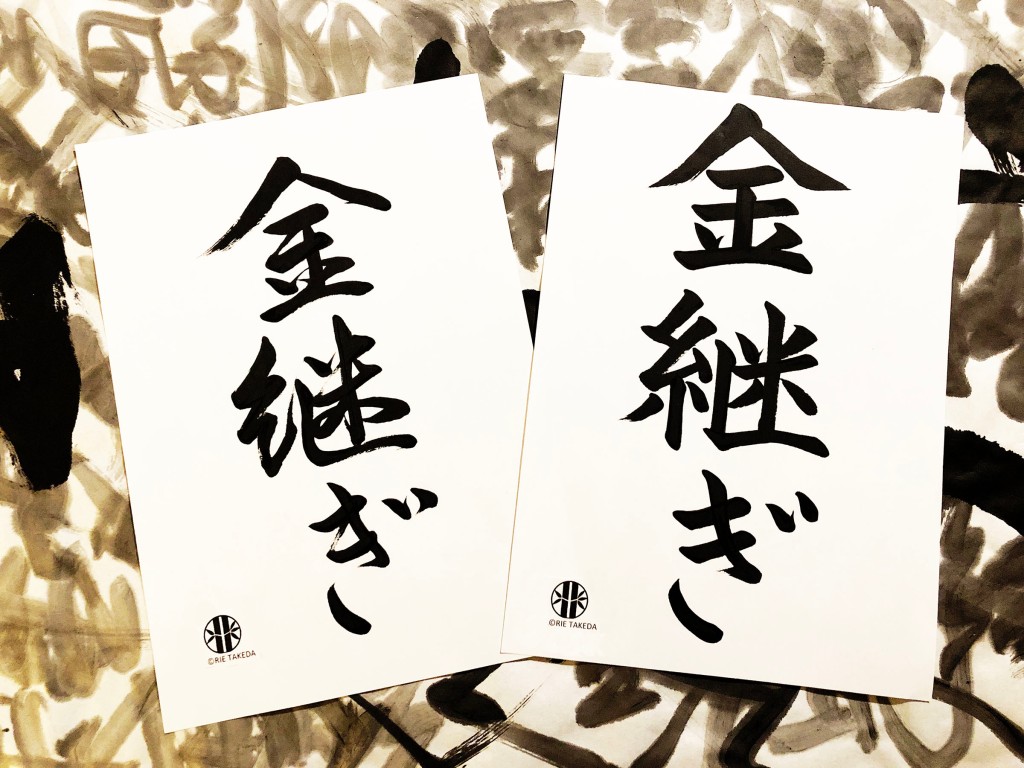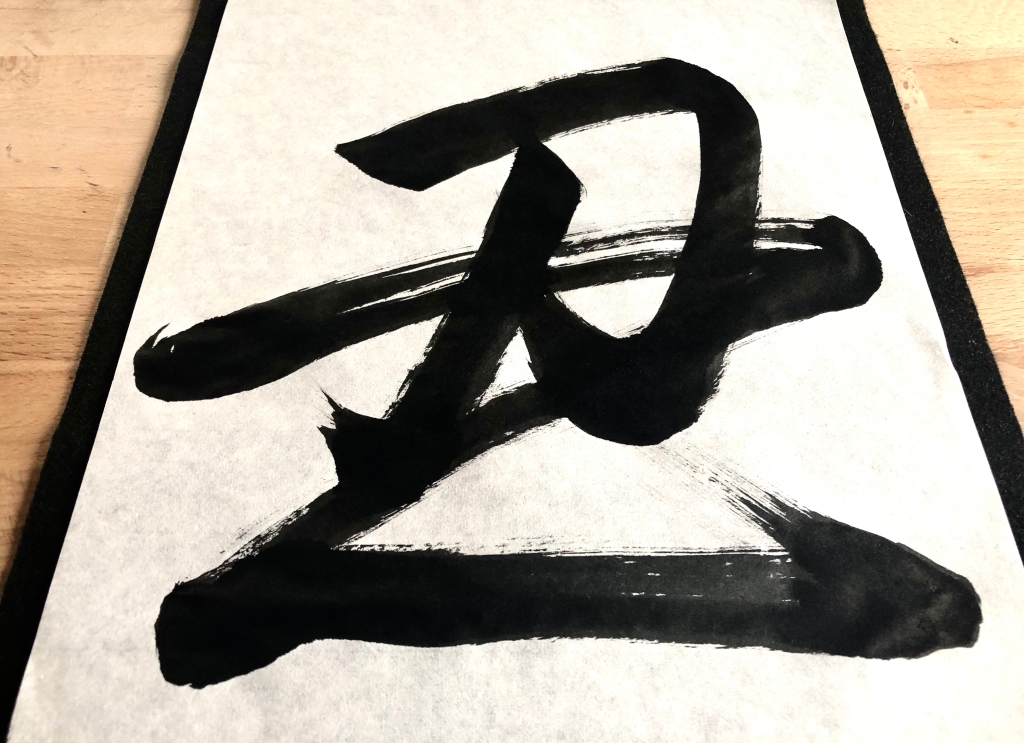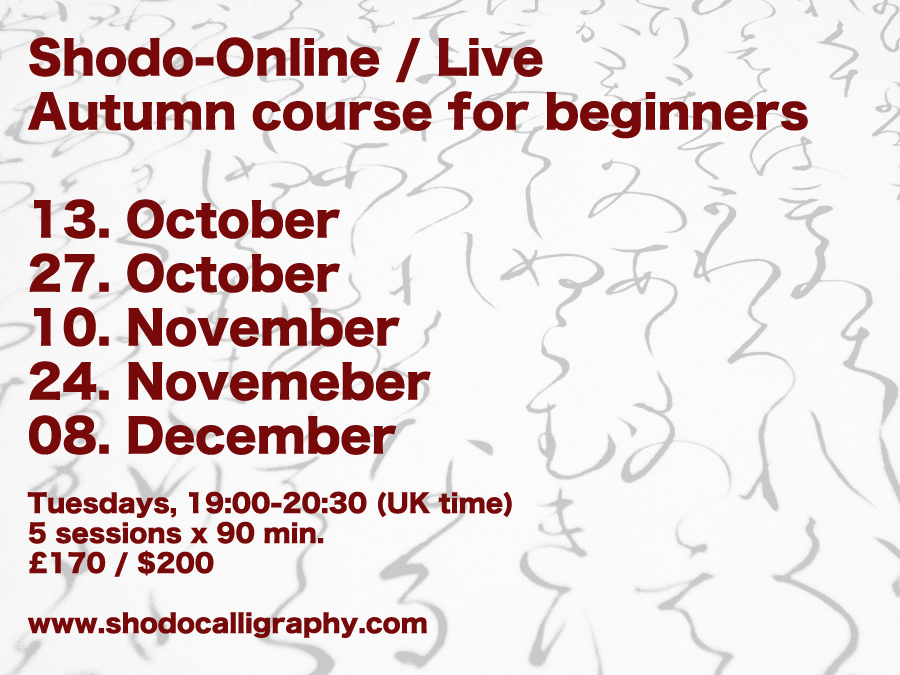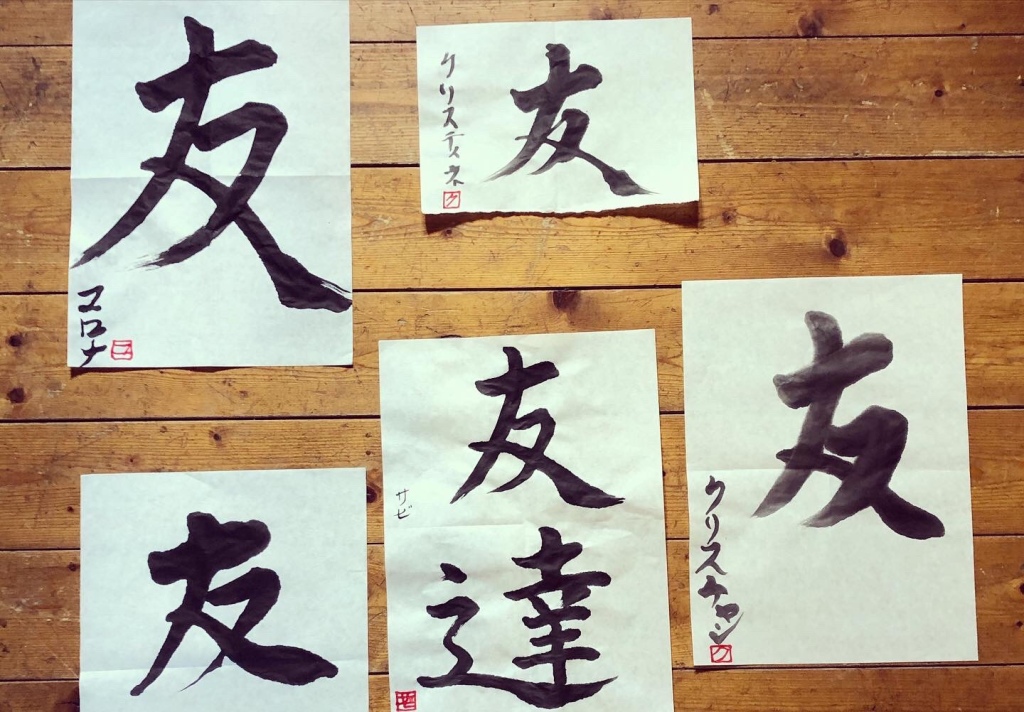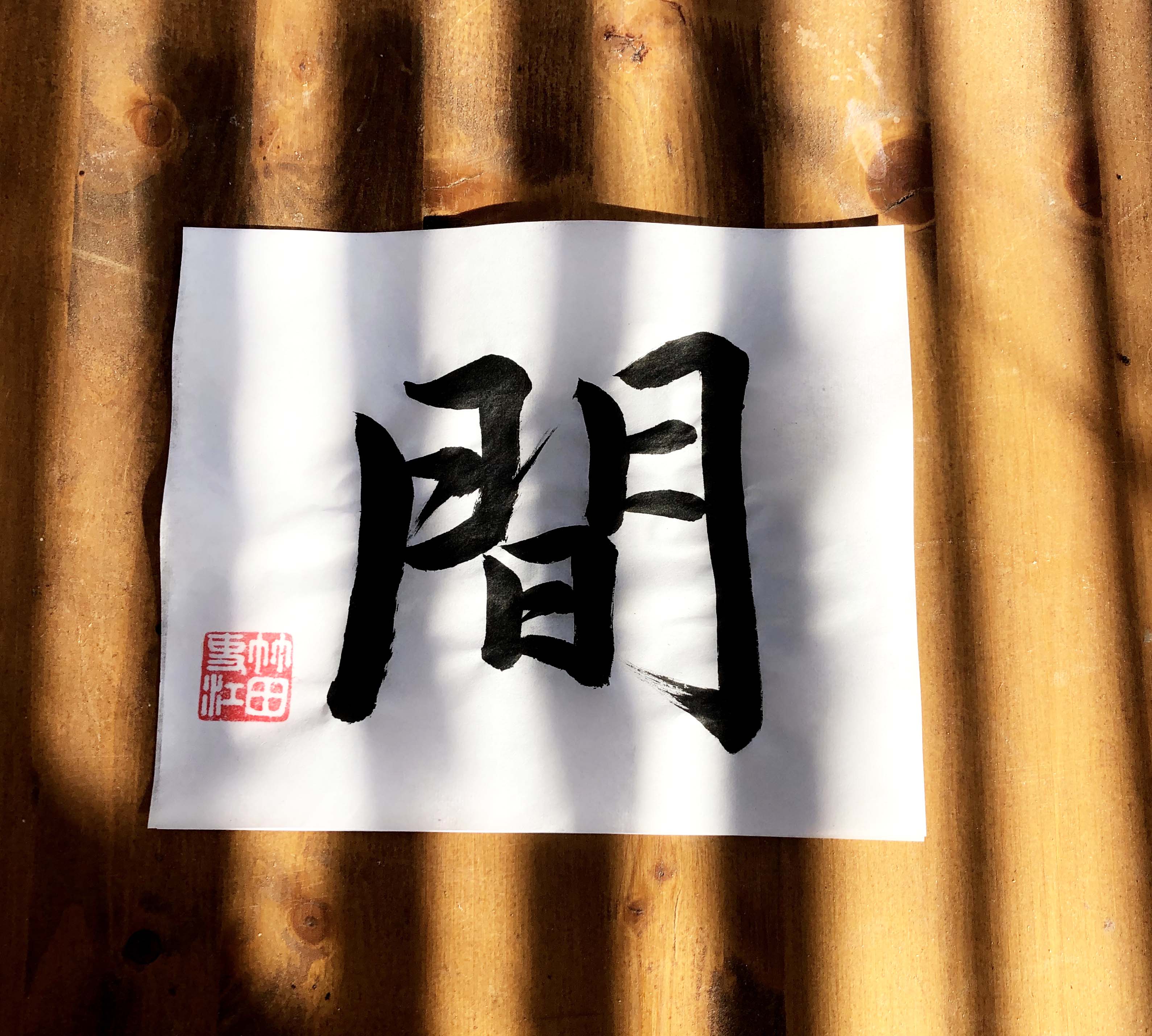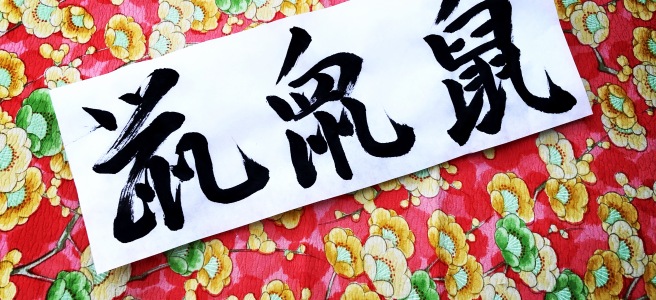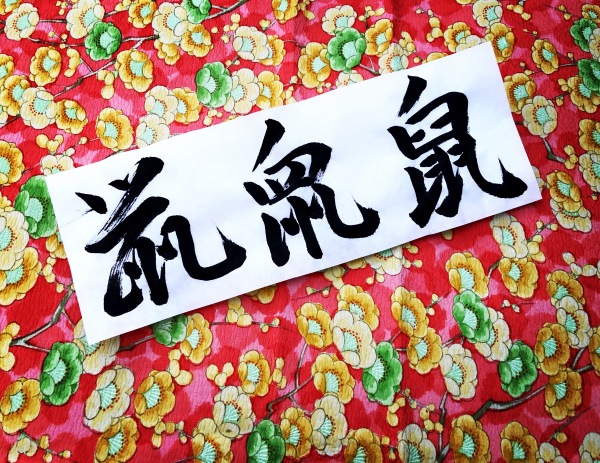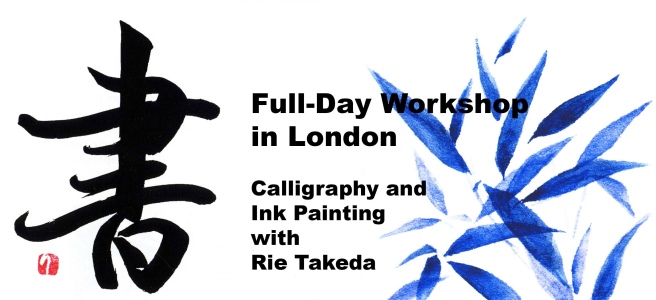Background
Since 2001 in London, I’ve started the Body-Art project with various photographers, video makers and story models.
In the last 12 years I have focused on telling the personal hidden stories, individual poetry by calligraphing on the skin of the story model. There are many stories that cannot be told in words but in calligraphed poetry.

I called the series ‘Can you hear me?! ‘
By calligraphing the poetry on their skin, I realised that the process of calligraphing the words with deep mindful energy could also help/encourage to heal their disconnection, wounds, traumas and find a unified way between body and soul. They would feel whole again, pround of ‘self’.
It is a very intense process and personal, – but I love the positive healing energy wrapped with pure aesthetics. I transform – tell the story with my poetry and calligraphy on the skin.
My hands and brush would then become magic tools.
This time, it is the story of Alba.
About KINTSUKUROI 金繕い – Golden Trace
The poetry and the whole process was inspired by KINTSUGI.
It’s a gilded new beginning. “Kintsugi 金継ぎ” comes from Japan and means “golden repair”. It is also called Kintsukuroi (金繕い), literally Kin is gold and Tsugi is to repair or joinery.
When a precious bowl, plate or vase falls and breaks into pieces, it is put back together.
Not without visible cracks, that would be impossible.
Every break is unique and instead of repairing the broken bowl like new, the 400-year-old technique actually highlights the break -“scars” as a part of the design.
The break surfaces are not only patched up with special lacquer varnish, but also with gold dust. The breaks look particularly precious, the whole ceramic piece is new and different, it shines even. Every restored part shows: ‘I am broken in different places.
I’ve survived a lot. It took time and effort to become whole again, to be able to be filled again.
But that’s exactly what makes me unique.’
We could see the Kintsugi / Kintsukuroi as a metaphor for healing ourselves and it teaches us an important lesson: Sometimes in the process of repairing things that have broken, we actually create something more unique, beautiful, resilient and more valuable.
This is the transformative repair. Kintsugi–it can encourage us to start a new search – for golden traces.

Body-Art ‘Can you hear me?!’
KINTSUKUROI – Golden Trace with Alba
Director and photographer : Karin Berndl ( www.karinberndl.com
Calligrapher : Rie Takeda (www.rietakeda.com)
Story Model : Alba Cid (https://albacid.com/en/home)
Poem KINTSUKUROI 金繕いGolden Trace
: Intro by Alba Cid and main text by Rie Takeda
June 2023
Karin’s camera – analogue version








©KarinBerndl
Karin’s camera – digital version






©KarinBerndl
Alba’s camera
She has made the printing process manually with an Opemus 6 enlarger.
*Photographs taken with her Olympus-Pen D3 (half-frame) from the 60’s, bought in a hidden shop in Tokyo, with film Professional Acros 100II.
©Alba Cid
Poem
Here is the poem in both Japanese and English.
Videos follow below.
” 金繕いKintsukuroi ”
Poem for Alba, 2023
Intro:
私の肌には、女たちが泣いたことのない涙の海がある。
魂の皮膚の下にある黒い砂利は、
戦いの傷を癒すため、その顔を表に出す。
傷跡は証であり、草が再び生える乾いた大地の渦のようなものだ。
金粉と樹脂は、壊れた自分の破片をゆっくりと繕う。
My skin holds the ocean of tears that women have never cried
Black gravel under the skin of the soul
comes to the surface to heal battle wounds
The scar is the trace, like the gyres of the dry earth where grass grows again
Gold dust and resin mend the broken pieces of myself
************
私の涙の海には、壊れた鏡がちらばっている。
目には見えない小さな破片、とがった大きな破片
そんなかけらたちを 一つひとつ拾い始める。
見つけ出した破片は、水面と共に私の顔に反射する
パズルの様に並べてみても
合わせ目はきれいにはまらない。
傷口を癒すようにそっと優しく
破片の端を磨いていく。
指を切らぬよう、たまに深呼吸をして。
そして, 全ての破片を地図のように
そっとつなぎ合わせていく
繋ぎ目は、波模様のようにもり上がる。
これは私の戦いの傷。
私はこの傷跡に柔らかな太陽を当てて
金粉を振りかけることにした。
金色のつなぎ目は、光を反射してよりひかる。
金の跡は私にいつも語りかける
私は色んな戦いをたくさんしてきた。
様々な箇所が壊れていた。
たくさん生き延びてきた。
今はあなたを誰よりも早く温めることができる。
何よりも折れにくく、壊れにくい
私は、川の流れのように
柔軟に変化することもできる。
この黄金の輝きは私の誇り、
美しい私の明り。
The sea of my tears is littered with broken mirrors.
Small pieces invisible to the eye,
large pieces with pointy angles.
I begin to pick up these bits one by one.
The pieces I find reflect in my face along with the surface of the water.
I put them together like a puzzle.
The pieces don’t fit into place properly.
Gently, gently, as if healing a wound
I polish the edges of the fragments.
I take a deep breath every once in a while, to avoid cutting my fingers
Then I join all the pieces together like a map.
The joinery is uneven and bumpy, like a wavy pattern.
This is my scar from the battles.
I let the soft sunshine on this scar
I decide to sprinkle it with gold dust.
The gold-colored joinery reflects the light and shines more brightly.
Gold scars always speak to me.
I have had many battles of all kinds.
Many parts have been broken.
and I have survived many.
Now I can warm you faster than anyone else.
I am above all unbreakable
I can also change – flexible
Like the flow of a river.
This golden glow is my pride,
My beautiful light.
Poem KINTSUKUROI 金繕いGolden Trace
: Intro by Alba Cid and main text by Rie Takeda
June 2023
Videos
English Version
Japanese Version
Artistic collaboration
Thanks to Karin and Alba for their artistic inspiration!
i appreciate that very much!
Body-Art ‘Can you hear me?!’
KINTSUKUROI – Golden Trace with Alba
Director and photographer : Karin Berndl ( www.karinberndl.com )
Calligrapher : Rie Takeda (www.rietakeda.com)
Story Model : Alba Cid (https://albacid.com/en/home)
Poem KINTSUKUROI 金繕いGolden Trace
: Intro by Alba Cid and main text by Rie Takeda
June 2023
If you are interested in collaborating for Body-Art project, contact me.
Thanks!
Rie





















